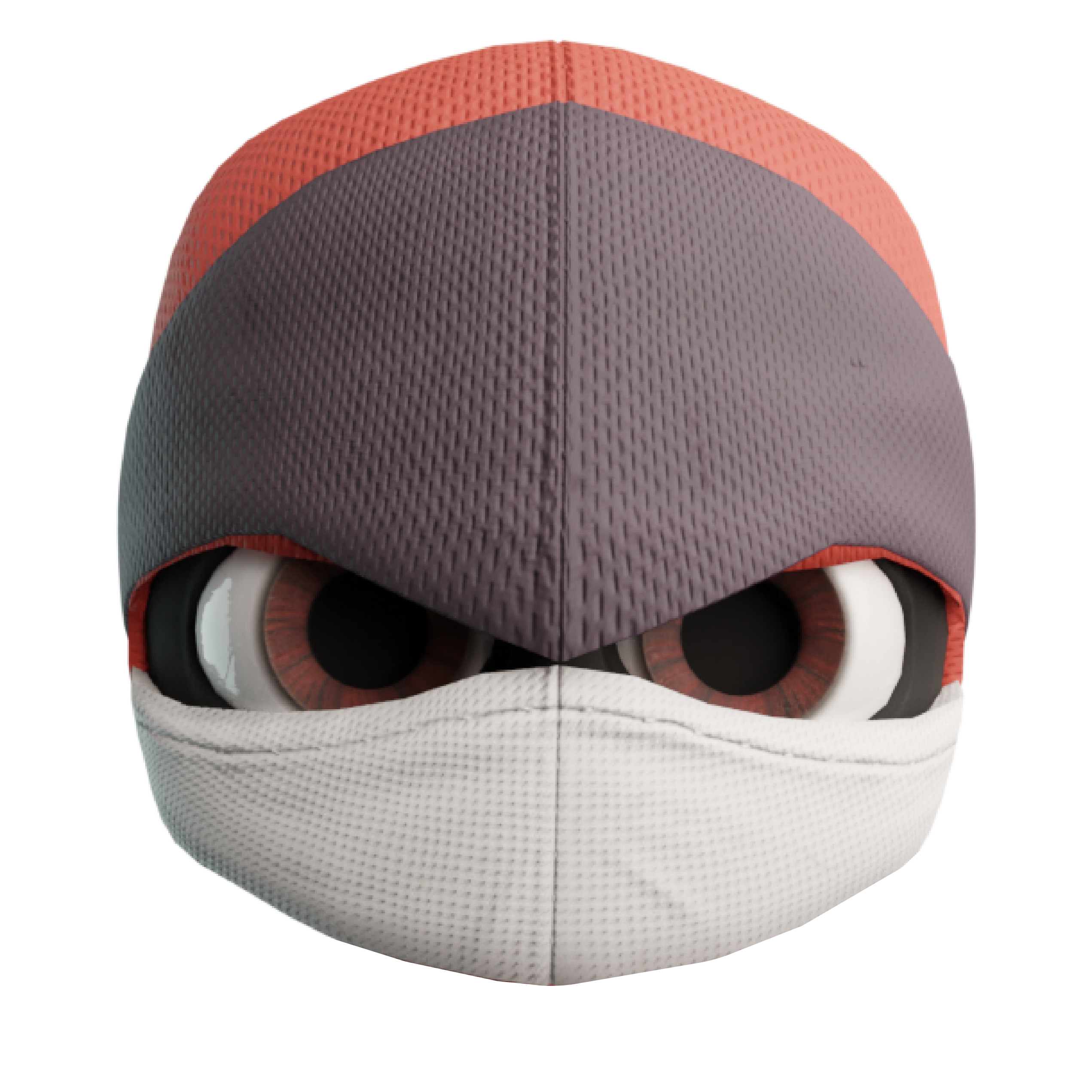What is 3D Interactive Web Technology?

Mainichi

3D interactive web technology refers to the methods and processes used to create visual and functional three-dimensional environments that users can interact with directly through their web browsers. This technology encompasses everything from the creation of 3D models and animations to the real-time rendering of these elements on a website, offering a dynamic user experience vastly different from traditional two-dimensional interfaces. It enables the simulation of real-world and imaginary scenes in a way that users can explore and manipulate objects within a virtual space, often enhancing understanding, engagement, and user retention.
Exploring the Essence and Applications of 3D Web Technology
The core of 3D interactive web technology lies in its ability to bring immersive, complex visual experiences to a standard web browser without the need for external software. This is achieved through the use of various frameworks and tools that leverage WebGL, a JavaScript API that renders 2D and 3D graphics directly in the browser.
How we do things:
- Three.js: As a foundational tool, Three.js facilitates the creation of sophisticated 3D environments that are accessible on a wide range of devices. It abstracts the complexities of WebGL, allowing developers to focus on the creative aspects of 3D design.
- @react-three/fiber: This is a React renderer for Three.js scenes, offering a bridge between the React ecosystem and the graphical power of Three.js. It allows developers to compose and control 3D scenes with the same declarative approach used for traditional React applications.
- @react-three/drei: An extension of @react-three-fiber, @react-three/drei provides additional helpers and controls that streamline the development of complex 3D scenes, making it easier to implement advanced features like camera controls, lighting, and loading assets.
- Blender: For creating detailed models and animations that can be exported and used within web environments, Blender is the go-to software. It supports the entire 3D pipeline and is particularly useful for developing assets that require a high level of detail.
Alternative Methods for Web 3D Rendering
While Three.js and WebGL are standard in 3D web technology, tools like Spline offer a more visual approach. Spline allows designers to create 3D web experiences with less coding. Its user-friendly interface lets you create and manipulate 3D objects, which can be shared as a link or embedded on a website, making it ideal for non-programmers.
Unity, a renowned game development engine, allows for the creation of complex and interactive 3D web experiences. Its advanced capabilities, extensive asset library, and C# scripting make it a viable option. However, compared to Three.js, Unity can result in larger files and potentially heavier performance.
Both methods provide alternatives for 3D web rendering with unique benefits and factors. The choice depends on the project's needs and constraints, like detail level, performance, and audience's device capabilities.
How Does It Work?
Implementing 3D interactive web technology typically involves several steps, from the initial design in a 3D modeling software like Blender to the integration of these models into a web environment using Three.js or similar libraries. Developers must also consider the interactivity aspects, which can include anything from simple animations triggered by user interactions to complex physics simulations.
- Optimization and Performance: Essential to the practical application of 3D interactive web technology is performance optimization. Techniques such as model decimation, texture compression, efficient use of shaders, and Level of Detail (LOD) are critical to ensuring that the 3D web applications run smoothly across all devices and platforms. LOD, which manages model complexity based on the viewer's distance, can mitigate performance issues. Libraries like @react-three/drei offer components like <Detailed>, which assist in handling LOD.
- SEO and Accessibility: While 3D content may be visually striking, it introduces unique challenges for SEO and accessibility. Incorporating tools like the @react-three/a11y library can aid in making these sites more accessible to all users, including those with disabilities. Additionally, these sites should also be optimized for search engines without compromising performance. This balance of accessibility, search engine optimization, and performance is crucial for achieving widespread adoption and effectiveness.
Final Thoughts
3D interactive web technology is transforming our interaction with digital content. Picture a toolbox filled with powerful frameworks that unlock countless opportunities for creating engaging, immersive experiences. This revolution is brought about by advancements like WebGL and libraries such as Three.js. Developers now have the means to construct detailed, aesthetically pleasing 3D environments that elevate user engagement, transforming digital navigation into an interactive journey.
However, there's more to anticipate. Enter WebGPU! Although it's still under development and not universally supported across all browsers, WebGPU promises to enhance 3D web experiences, making them faster and even more aesthetically pleasing. The team at Three.js are already crafting examples and extending support for WebGPU. Once it's widely available, we expect a significant improvement in all aspects we've discussed.
In today's digital landscape, the use of 3D interactive web technology and the anticipation of WebGPU highlight the boundless potential of web design. The capacity to transform simple digital content into a rich, immersive experience plays a crucial role in the continuous evolution of the digital world. As we persist in exploring and innovating within this field, we look forward with great excitement to the enhanced, engaging, and enriching experiences the future holds.
